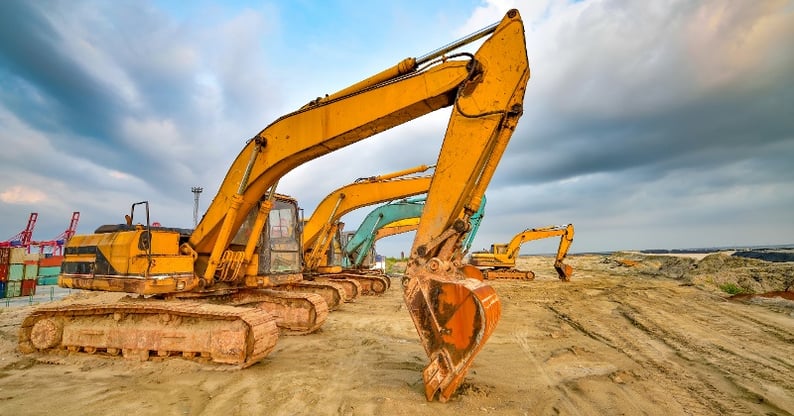Businesses today have to make many choices that can have a long-term impact on their operations, the way they interact with customers, and their bottom line. One such decision is their need for equipment, which affects their product or service delivery in numerous ways.
In today’s market conditions, companies have the option to purchase the equipment or rent it from an equipment rental company. Both renting and buying equipment options have their pros and cons.
In this article, we will guide you on how you can calculate the total cost of ownership (TCO) so that you can make the decision that is best for your business needs.
To buy or rent? Calculate the total cost of ownership to make the right decision!
Before you proceed into the analysis of whether it is better to buy or rent, it is essential to understand what the total cost of ownership means. According to Investopedia, the total cost of ownership includes not only the purchase price of the asset but also the cost of operating the asset and the lifecycle management costs.
Here are the details that you need to include to calculate the cost of ownership of a piece of equipment along with the benefits.
Cost of owning equipment
- Purchase investment
Purchase cost is often a substantial investment that will mean that you need to channel funds to the purchase of an asset or borrow the capital at additional costs. - Opportunity cost
When you decide to purchase an asset, there is either interest or opportunity cost involved in the decision. These costs can have a more profound impact on your books when you consider that you may require many pieces of equipment to ensure smooth operations. - Cost of installation
With more significant pieces of equipment, delivery and installation costs can be substantial, adding to the overall cost of ownership. - Maintenance cost
When you own an asset, the onus of all the costs including the operation costs, is on your company. Whether it is the greasing or oiling of parts or the usage of any consumables or the filling of fuel, all these costs are part of your operating expenses. - Equipment Lifecycle management
Any equipment has a typical lifecycle that starts with the purchase of the asset and then ends with the machine being disposed of as scrap. For each stage of the lifecycle, there is a cost that your business will have to incur.

Benefits of owning equipment
- Depreciation benefit
Since your company owns the asset, you will be able to write off the depreciation as an expense that will have some taxation
benefits. - Interest write off
When you borrow money from banks or financial institutions to purchase equipment, there are three benefits to this. First is the saving of your capital, the next one is that of tax savings due to interest write-off, and the last one is that it helps build a good credit rating in the market for your company. - Easy access to equipment
The convenience of having the equipment at all times can be a significant advantage, especially if the machinery plays a vital role in the production of products and services for your company. When you own the equipment, you are at liberty to operate it as per the convenience of your team instead of adhering to the rental company’s terms and conditions. - Better and longer usage
When you own the equipment, it is easier to impose the usage conditions on your teams. As a result of complete control on the usage of the equipment, you will be able to get better quality output from the machinery and also ensure a longer life - Consistent production
When you purchase and own a piece of equipment, it ensures that you can concentrate on the quality aspects and production aspects instead of arranging for the machine.
Now that we have looked at the benefits and TCO of equipment let us take a look at the cost and benefits of renting equipment. In the equipment rental scenario, the cost would only include the cost of renting the equipment.
Under most rental agreements, the cost of fuel, consumables, repairs, operation, insurance, logistics, etc., are agreed explicitly to ensure that there are no conflicts. Doing so ensures that the cost of renting equipment is precise and understood by both parties.
Here are some of the main benefits of renting equipment as opposed to outright purchase:
- No need for bulky investment
- The onus of equipment lifecycle management lies with the equipment owner
- You get access to different and advanced technologies
- You limit your cost to the cost of rental charges
- The burden of maintaining the equipment when business is lean is not on your business
Want to calculate the total cost of ownership versus the cost of renting equipment? Use the calculator below to get started.





